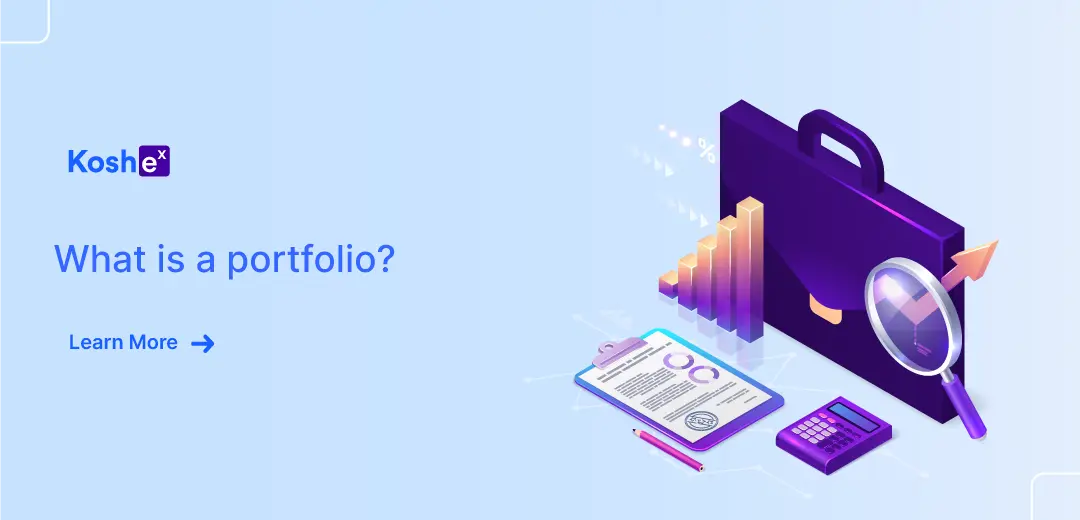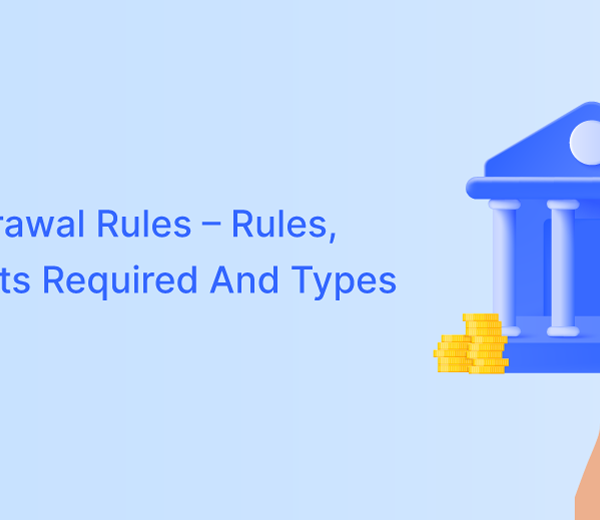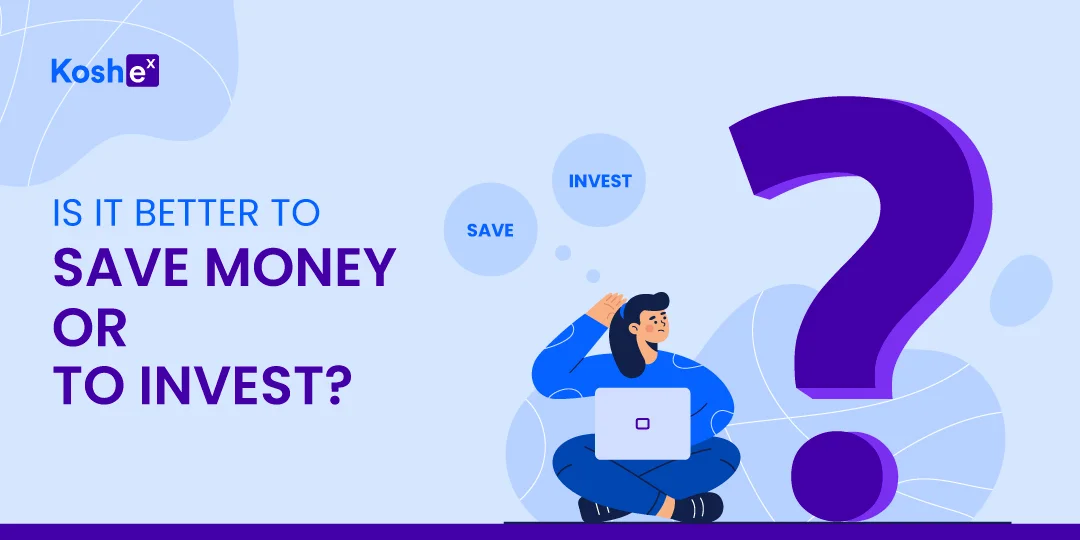In today’s fast-paced world, we can buy things now and pay for them later. Meet the concept of EMIs, which is helping millions buy everything from smartphones to homes by spreading the cost over a period.
In this blog, we are explaining what exactly are EMIs, how they work, their types, benefits, and tips on how to manage them effectively.
What Is an Equated Monthly Installment (EMI)?
EMI stands for Equated Monthly Instalment. It is a fixed amount paid by the borrower to the lender at a specified date each month. EMIs consist of both principal and interest so that over a specified number of years, the loan is paid off in full. The concept of EMI works pretty well with certain types of loans, such as vehicle loans, home loans, education loans, and credit card purchases.
For many people, the EMI is often the preferred way of paying off the loans as this allows them to repay the loan amount over a longer period. This makes large purchases more affordable by breaking them down into smaller, manageable payments.
How Does An EMI Work?
The EMI is determined by many factors, such as the principal amount, the interest rate, and the loan tenure.
The principal amount is the original loan amount borrowed by the consumer. It forms the basis of the EMI calculation.
The rate of interest is the amount charged by the lender on the borrowed amount. It can be a fixed rate or floating rate, and it directly impacts the EMI amount.
The loan tenure is the period over which the loan is to be repaid.
How Is The EMI Calculated?
The EMI can be calculated using two methods: the flat rate method or the reducing balance method.
1. The Flat Rate Method
This method is calculated by adding the principal loan amount and the interest on the principal amount. The sum is then divided by the loan tenure, and then multiplied by the number of months in a year.
For example, you take a home loan for ₹10 lakhs, at an interest rate of 8% for 10 years. Your EMI calculated using the flat-rate method is:
EMI = P + (P x t x r) / (t x 12)
EMI = 10,00,000 + (10,00,000 x 10 x 0.08) / (10 x 12)
EMI = ₹15,000.
In the flat rate method, you are essentially paying interest on the full loan amount throughout the tenure, which can result in higher interest costs compared to the reducing balance method.
2. The Reducing Balance Method
In this method, the interest is calculated on the outstanding loan balance after each EMI payment. As the principal amount decreases with each payment, the interest also reduces over time.
Let’s keep the same example for calculating the EMI using the reducing balance method.
EMI = P x r x (1 + r) n / (t x (1 + r) n -1)
EMI = 10,00,000 x 0.08 x (1 + (0.08 / 12) 120) / (12 x (1 + (0.08 / 12)) 120 – 1)
EMI = ₹12,133.
In the reducing balance method, the interest is calculated on the outstanding balance, leading to a reduction in the interest portion of the EMI over time. Hence, the total interest paid is usually lower than in the flat rate method.
Also Read: Home Loan EMI: Calculate the Right Amount with the Home Loan EMI Calculator
Comparing The Flat Rate & The Reducing Balance Methods
| Parameters | Flat Rate Method | Reducing Balance Method |
| Principal Amount | ₹10,00,000 | ₹10,00,000 |
| Annual Interest Rate | 8% | 8% |
| Loan Tenure | 10 years | 10 years |
| Monthly EMI | ₹15,000 | ₹12,133 |
| Total Interest Paid | ₹8,00,000 | ₹4,55,931 |
What Are The Types Of EMI Loans?
EMI loans come in several forms, but the two main types are fixed-rate EMI loans and floating-rate EMI loans.
Fixed-Rate EMI Loans – In this type of loan, the interest rate remains constant throughout the loan tenure. Hence, the EMI amount remains unchanged, offering stability and predictability.
This type of loan is suitable for those who prefer to have a consistent payment amount each month without worrying about fluctuations in interest rates.
Floating-Rate EMI Loans – In this type of loan, the interest rate is tied to a benchmark rate, like the Reserve Bank of India’s (RBI) repo rate. As the benchmark rate changes, the interest rate on the loan may increase or decrease. This will lead to variations in the EMI amount.
This type of loan is suitable for those who are willing to take some risk in exchange for the possibility of lower interest rates over time.
EMIs With Amortisation Schedule
As mentioned above, EMIs consist of the principal amount and the interest. Hence, they are structured in a way that during the initial months, a large portion of the EMI is allocated towards the interest. Meanwhile, a smaller portion goes toward the principal repayment. As the loan tenure progresses, the interest component decreases, and the principal component increases. This process is known as amortisation.
Let us assume you want to buy a smartphone for ₹1 lakh. You choose to buy the device through EMI. The interest rate is 12% per annum and the loan tenure is 1 year (12 months).
Here is the amortisation table for your loan.
| Month | Opening Balance | EMI | Interest | Principal | Closing Balance |
| 1 | 1,00,000 | 8,885.20 | 1,000 | 7885.20 | 92,114.80 |
| 2 | 92,114.80 | 8,885.20 | 921.15 | 7,964.05 | 84,150.75 |
| 3 | 84,150.75 | 8,885.20 | 841.51 | 8,043.69 | 76,107.06 |
| 4 | 76,107.06 | 8,885.20 | 761.07 | 8,124.13 | 67,982.93 |
| 5 | 67,982.93 | 8,885.20 | 679.83 | 8,205.37 | 59,777.56 |
| 6 | 59,777.56 | 8,885.20 | 597.78 | 8,287.42 | 51,490.14 |
| 7 | 51,490.14 | 8,885.20 | 514.90 | 8,370.30 | 43,119.84 |
| 8 | 43,119.84 | 8,885.20 | 431.20 | 8,454.00 | 34,665.84 |
| 9 | 34,665.84 | 8,885.20 | 346.66 | 8,538.54 | 26,127.30 |
| 10 | 26,127.30 | 8,885.20 | 261.27 | 8,623.93 | 17,503.37 |
| 11 | 17,503.37 | 8,885.20 | 175.03 | 8,710.17 | 8,793.20 |
| 12 | 8,793.20 | 8,885.20 | 87.93 | 8,797.27 | 0.00 |
In the above table,
- Opening balance refers to the loan balance at the start of each month.
- EMI refers to the fixed monthly payment.
- Interest refers to the interest portion of the EMI for the month (calculated on the opening balance).
- Principal refers to the portion of the EMI that goes towards repaying the principal.
- Closing balance refers to the remaining loan balance after the EMI payment is applied.
In the early months, a large portion of the EMI goes toward interest, while the principal portion is smaller. As time goes on, the interest portion decreases, and the principal repayment portion increases, until the loan is fully paid off by the end of the tenure.
What Are The Benefits Of EMIs?
- EMIs make it easier for individuals to purchase high-value items without the need to pay the full amount upfront. This spreads the financial burden over a period, making it more manageable.
- The availability of EMI options has made it easier for individuals to access credit, be it for personal loans, home loans, or credit card purchases. This has democratised access to finance and contributed to economic growth.
- Timely repayment of EMIs can positively impact credit score, which is crucial for accessing future credit. A good credit score can also help get better interest rates on loans.
- Since EMIs are fixed amounts, they allow borrowers to budget more effectively. Learning their EMIs beforehand through an EMI calculator can help them understand if the EMI payments fit in their budget.
- Also read: Home Loan Benefits for Women in India
How To Manage EMIs Effectively?
- Before taking on an EMI, analyse your monthly income and expenses to make sure you can comfortably pay the EMI payments without straining your finances.
- Even though longer tenures mean smaller EMIs, they also mean paying more interest over time. So, it is important to choose a tenure that balances affordability with the total cost of the loan.
- If you have multiple loans, prioritise repaying those with the higher interest rates first. This can help reduce your overall interest burden.
- Keep an emergency fund to cover at least 3 to 6 months of EMI payments in case of unexpected events.
- Do not over-borrow, as it can lead to financial stress and increase the risk of default.
Key Takeaways
- An equated monthly installment (EMI) is a fixed payment made by a borrower to a lender on a specified date of each month.
- EMIs are applied to both interest and principal each month so that over a specified time period, the loan is paid off in full.
EMIs have revolutionised the way we approach financing major purchases, making it convenient to manage large expenses. Just like every financial tool, they have to be used efficiently. Just because you can buy something through EMIs doesn’t mean you should overborrow. Eventually, you may reach a point where you can’t afford to keep up with your EMIs.
Therefore, it is important to make informed decisions so that you can achieve your financial goals without compromising your financial health. We have EMI calculators to help you calculate your EMI amounts for personal loans, home loans, and so on. This can help you understand whether the EMIs are within your budget and help you make efficient financial decisions.









Leave a Comment